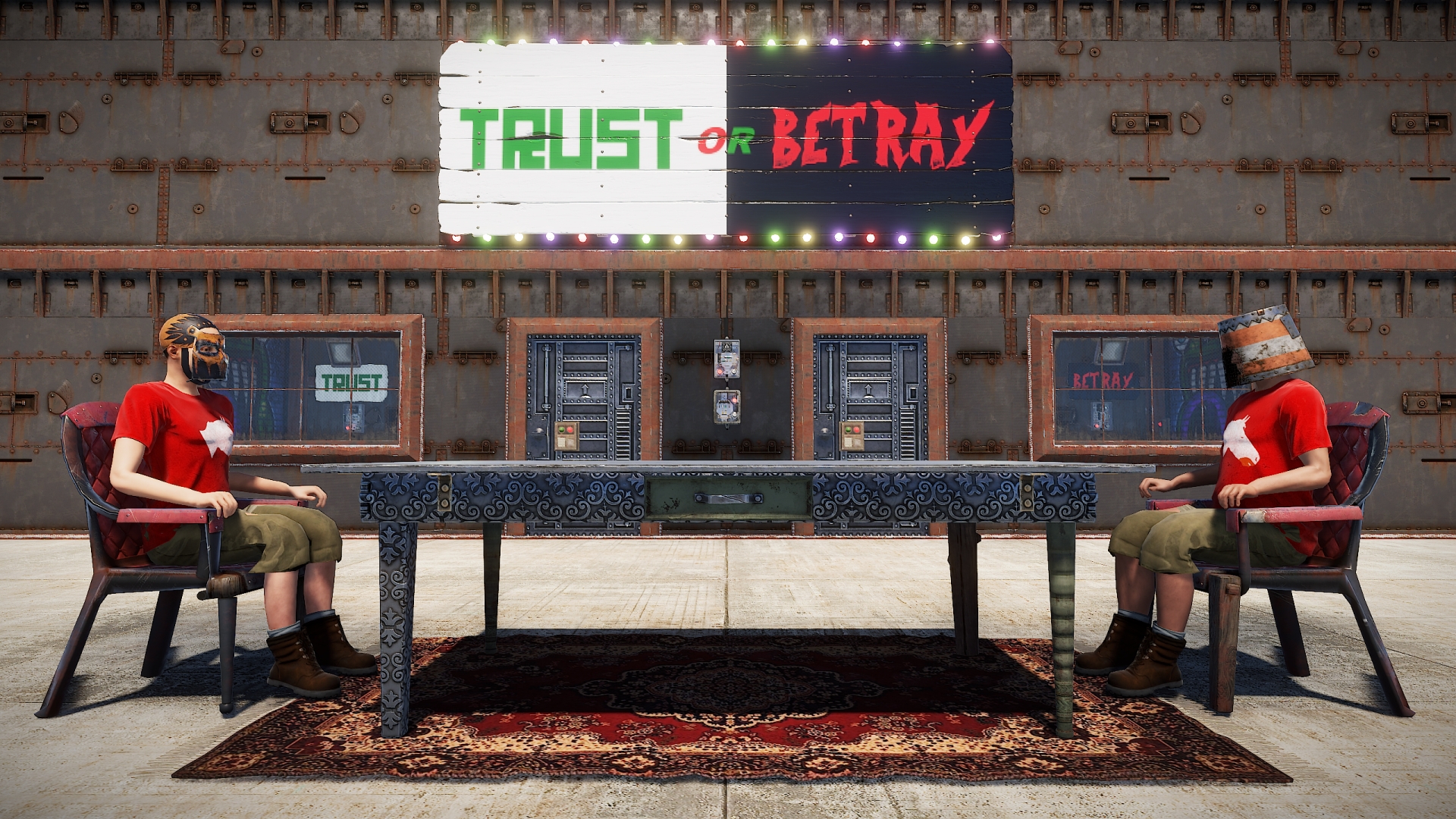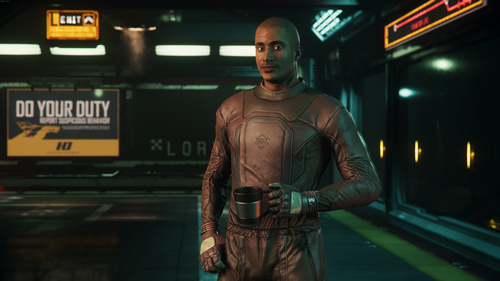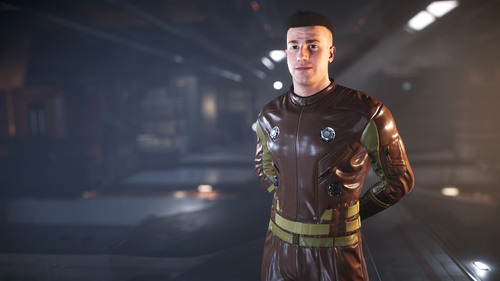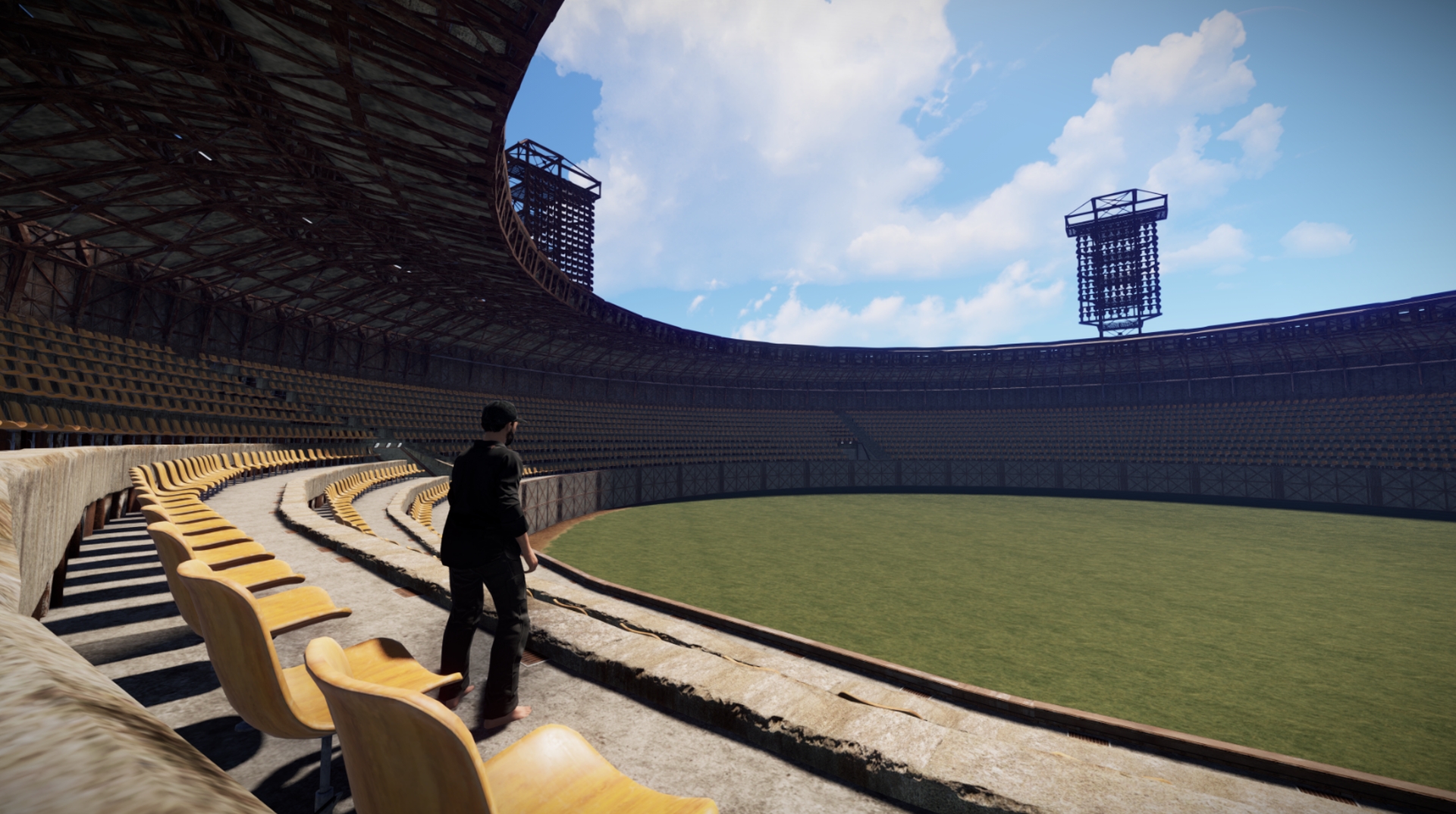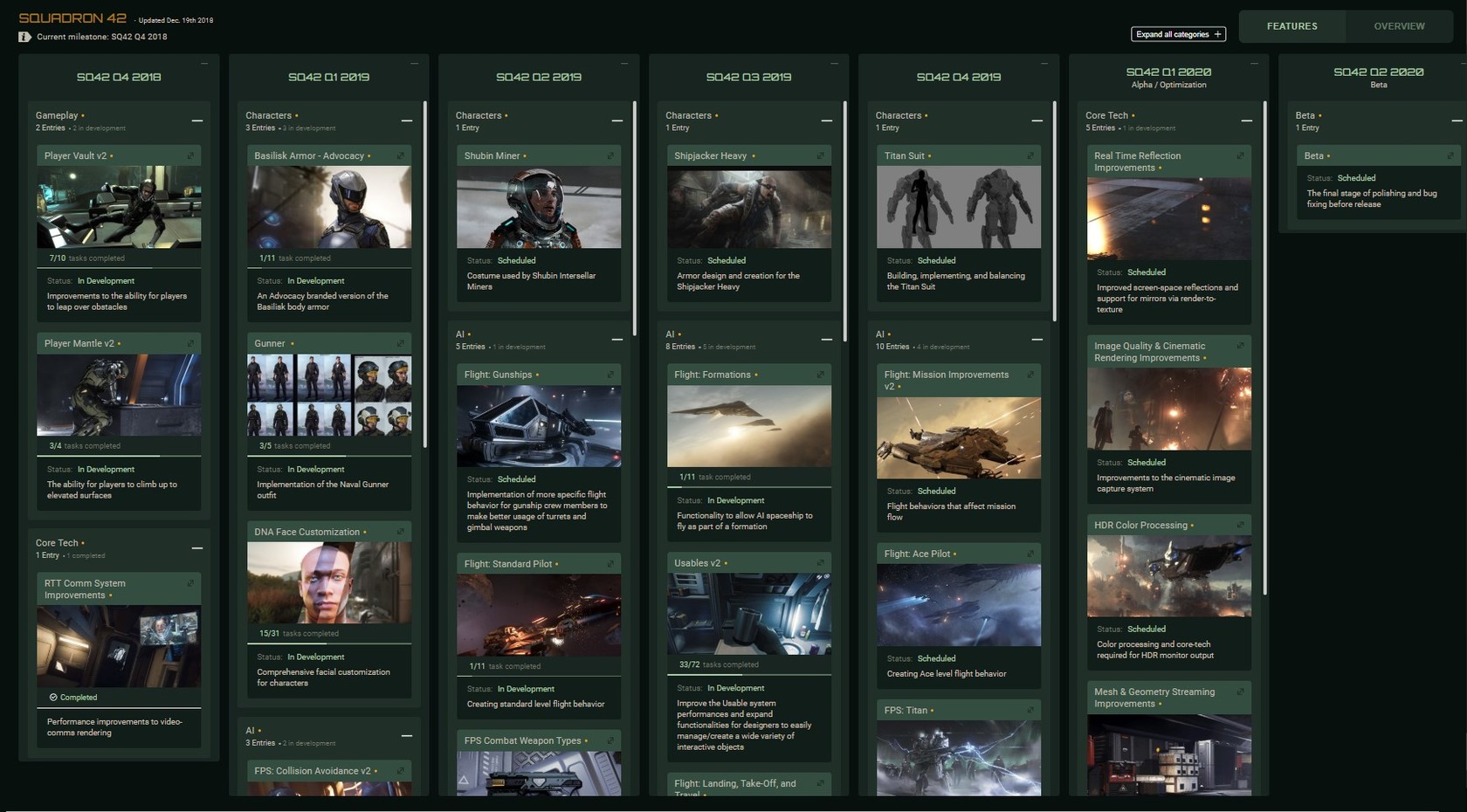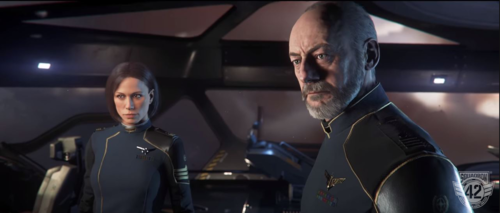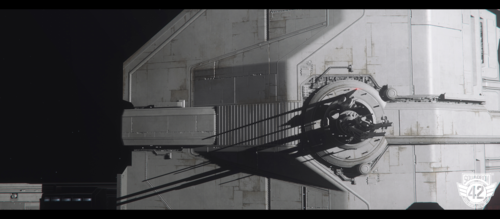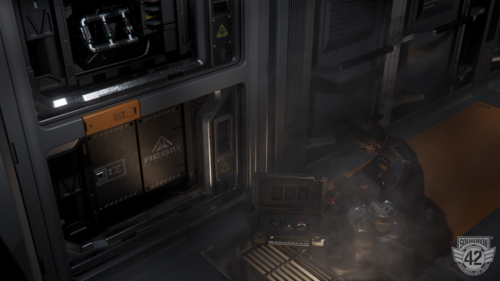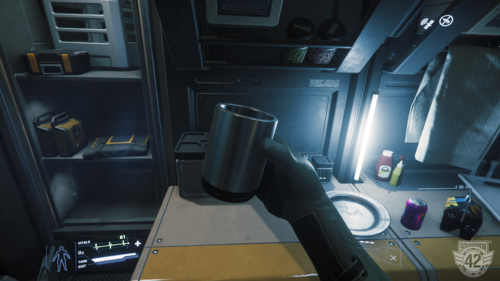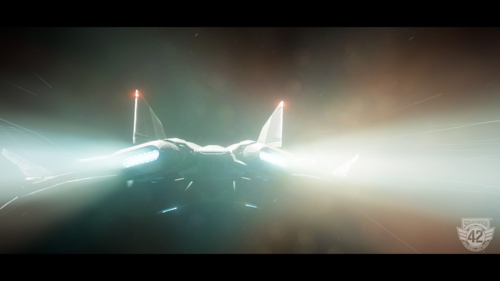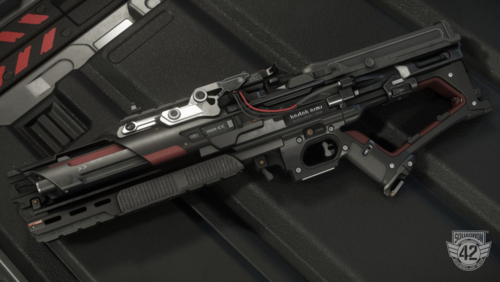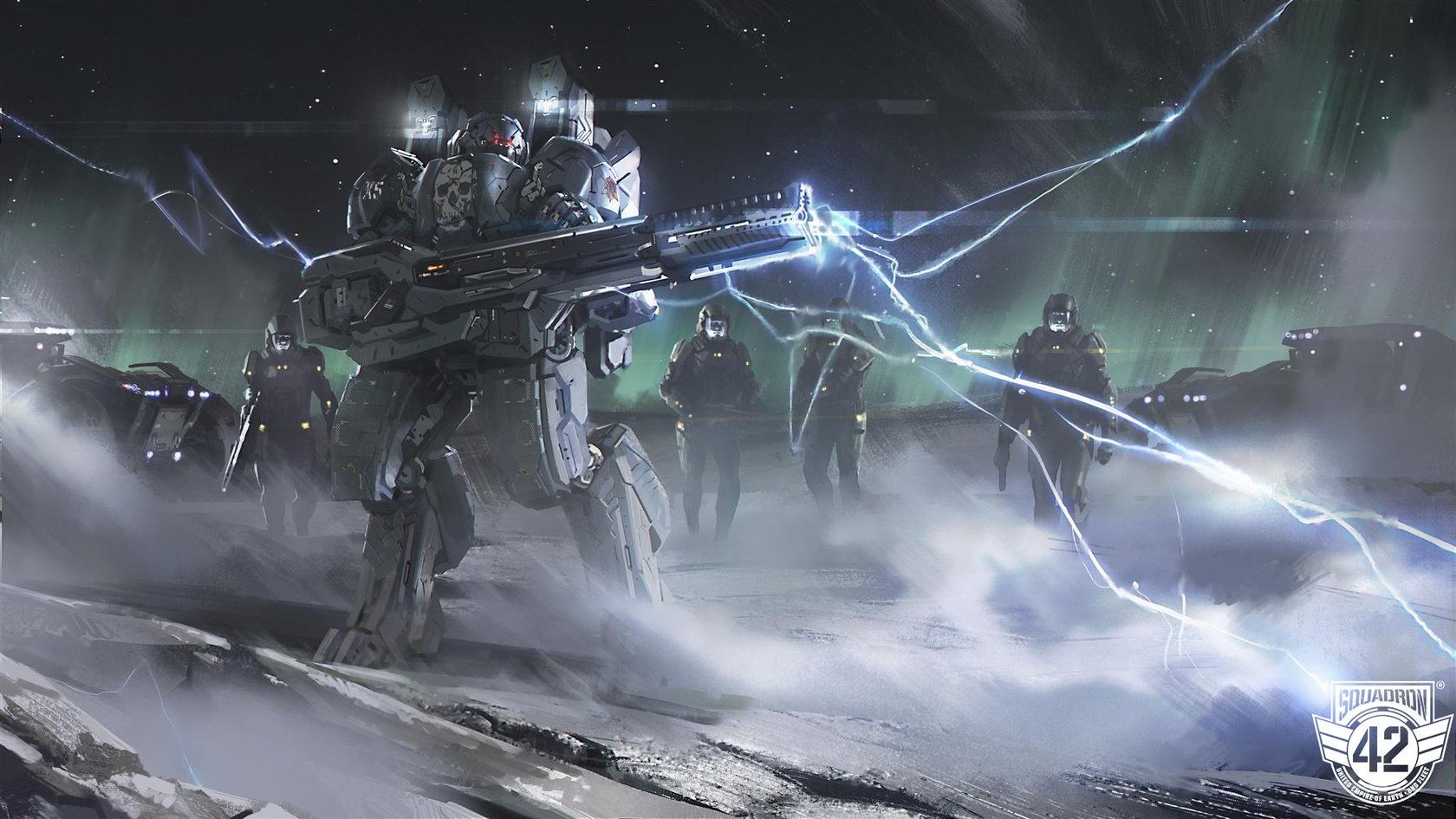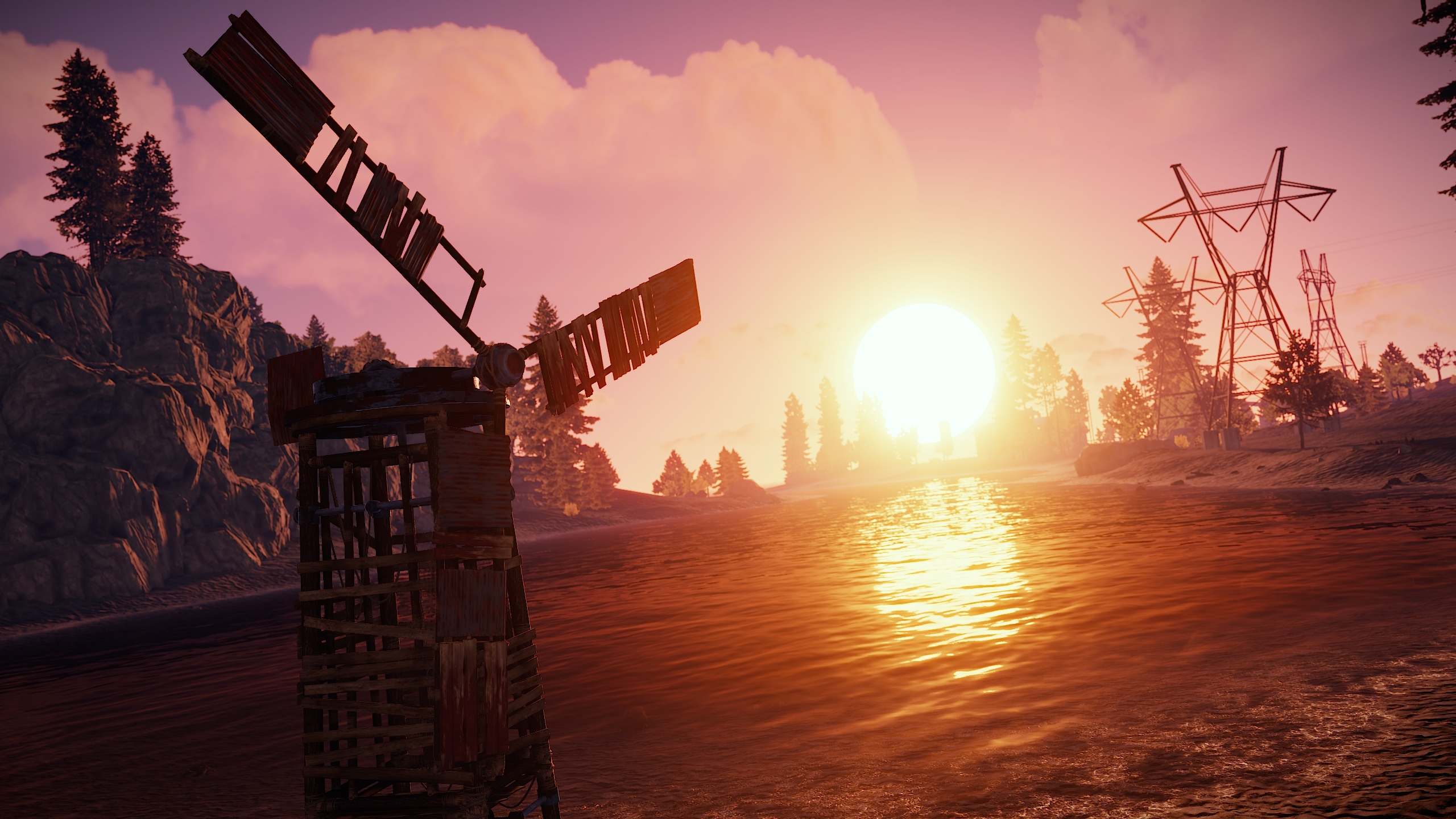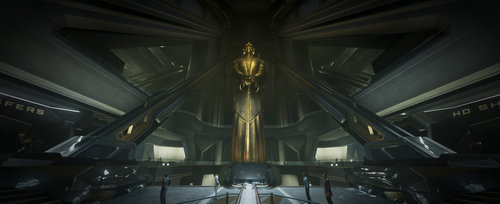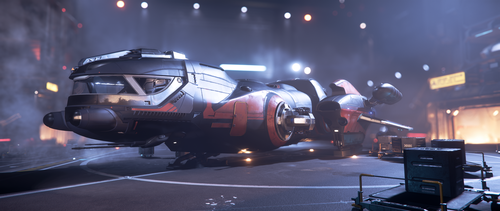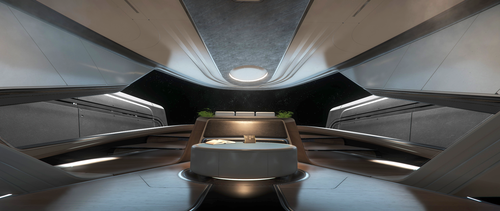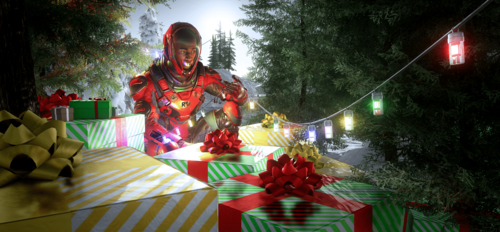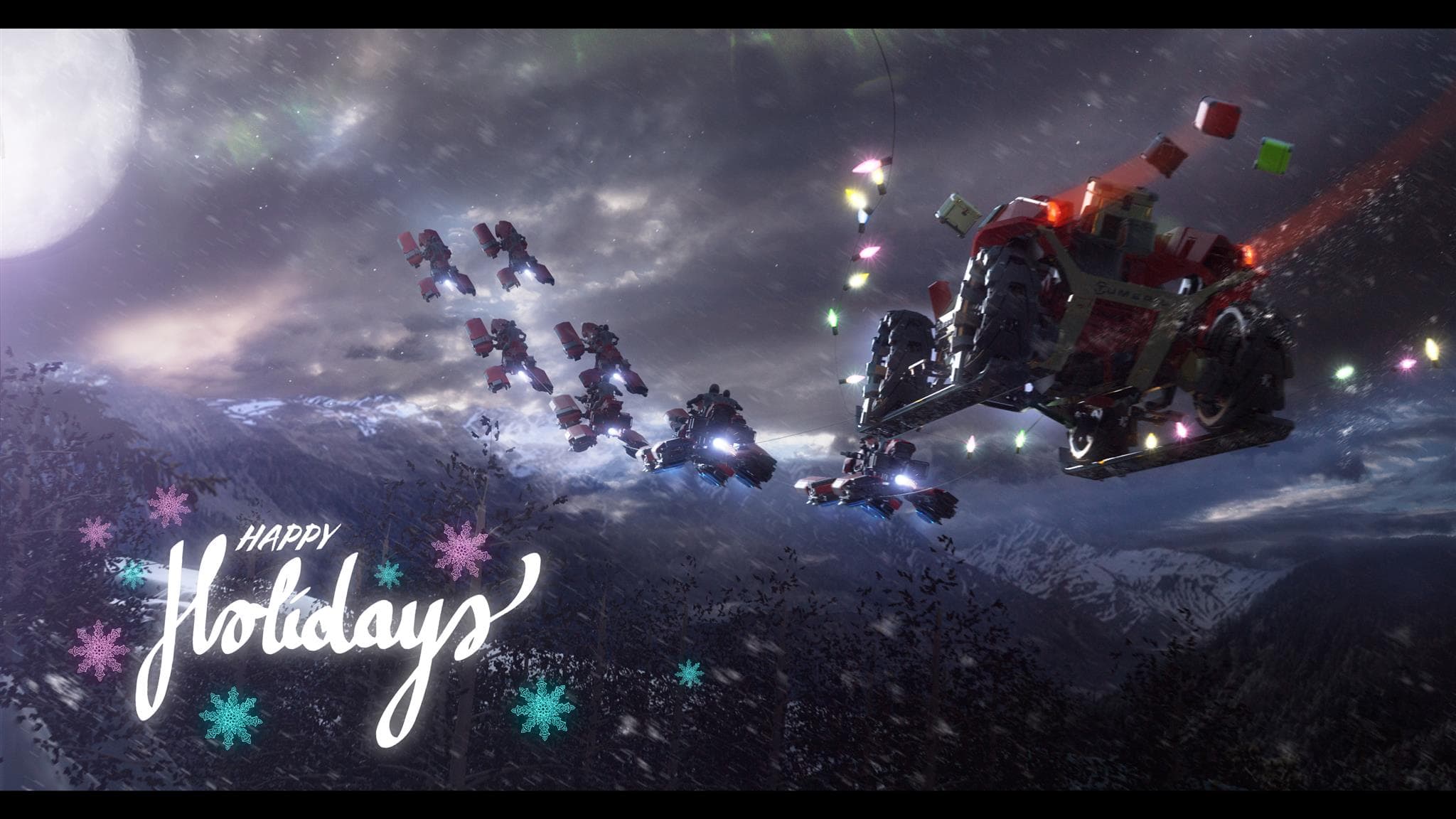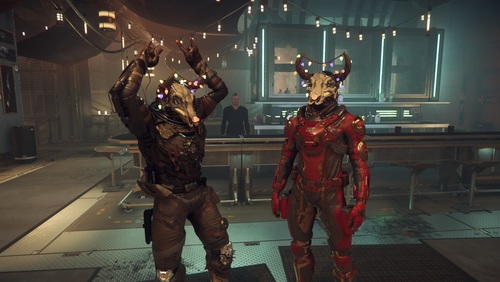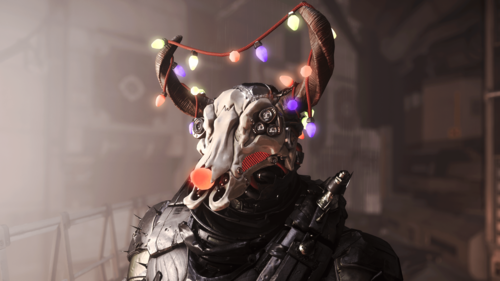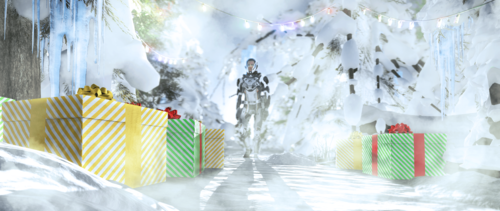
Daisy Wences: Welcome once again to your show of shows, Spectrum Spectator. Where we take everything broadcast during the past week and blend it into a concentrated, easy-to-digest paste. I’m your entertainment emissary, Daisy Wences, and with me as always is this other person.
Lars Gonall: Why do I feel like the job title ‘Paste Purveyor’ would go over better with my parents than ‘Spectrum Critic?’
Daisy Wences: Because even though you’re a grown adult, you still live your life seeking your parents’ approval?
Lars Gonall: Once again, thanks to Daisy, I’m going to have some deep thinking to do after this show.
Daisy Wences: That’s why we’re all here, right? Profound self-epiphanies.
Lars Gonall: Profound epiphanies through the prism of spectrum are the perfect medium for self-reflection.
Daisy Wences: Which reminds me, have you caught Far From Home yet?
Lars Gonall: I have…
Daisy Wences: Yes! How many episodes have you done? Ten? Twenty?
Lars Gonall: Daisy has been begging me to check it out since she discovered it last week and I gotta say… it’s not for me.
Daisy Wences: What?!
Lars Gonall: For those of you unfamiliar, Far From Home is this personal diary and advice show that a solo pilot puts out from his Freelancer. It’s basically like when you get seated next to your friend’s uncle at a dinner party and they just want to talk about how good ships used to be in the old days.
Daisy Wences: You did not just compare Old Jegger to someone’s random uncle.
Lars Gonall: Later, when you go back and check the recording, you will see that I, in fact, did exactly that.
Daisy Wences: Despite what Lars says, I still think that this is a show worth checking out. I heard about it on a DIY forum when I was trying to fix a glitchy heater in my hab. Of course, instead of actually fixing the stupid thing, I wound up spending the rest of the night consuming every Far From Home episode I could find. Maybe because part of me always wondered what it would be like on the drift. Hearing him talk, you start to understand the difference between a solitary life and a lonely one.
Lars Gonall: I will say that I appreciated how he seemed very much about everyone finding their own best way to live. It wasn’t just him preaching about how we should all be space hermits. And I’ll also give it a few more points now that there’s that rumor circulating that he’s dead.
Daisy Wences: Wait? What?
Lars Gonall: You didn’t see this? It was on the Galactapedia page. Turns out he hasn’t put out an episode since the last one he did from Charon. People are speculating that something might have happened to him. A bunch of fans have started trying to organize a search for him.
Daisy Wences: He is a hermit, right? I bet he’s simply staying off the grid for a bit. I’m sure this is just one of those dumb spectrum rumors and he’ll show up in a week or two with a great story to tell. At least, I really hope that’s what’ll happen.
Lars Gonall: Yeah. You’re probably right. Just promise me that you’re not gonna run away to join the search.
Daisy Wences: Don’t worry, Lars. I’m not leaving the show… yet.
Lars Gonall: Since we got to talk about one of your new favorite shows, you want to talk about my new crush that you can’t stand?
Daisy Wences: Fine. Go ahead.
Lars Gonall: From the makers of such fine reality vids like Kid Empire and Weapon Wars: Shoot-Out Edition comes my brand new obsession, Face to Face, a dating show with a brilliant premise.
Daisy Wences: You mean an insanely creepy premise.
Lars Gonall: Oh, yeah. Won’t argue with you there. This is definitely a show for people who love cringe binging. All the contestants are sent into one of those new and really expensive BiotiCorp machines and given identical faces.
Daisy Wences: Want to know how they picked what that face would look like? They created a composite head from all the main single person’s exes. How messed up is that?
Lars Gonall: The show claims they’re trying to create an ideal partner for the selector by looking at their previous romantic choices. The lucky –
Daisy Wences: I guess that’s how they could be described…
Lars Gonall: The lucky bachelor is a fitness instructor from New Babbage named Eris who goes on dates with all the contestants and eliminates anyone they don’t like. Once eliminated, the candidates are reverted back to their original face.
Daisy Wences: I swear it’s like some bizarre cult. One of the contestants who got cut was sobbing because they didn’t want their old face back. I know it’s pretty common these days to adjust how you look, but the way they were all losing their identity while trying to become someone else’s fantasy made me really uncomfortable.
Lars Gonall: You had a much darker take than I did. For me, it was fun to watch people get to know each other in a situation where their looks didn’t matter. Eris couldn’t judge people on who was attractive or not, it was all about if they had a connection. What’s really going to be interesting is that the winning contestant gets to reconstruct their face however they want. Do they go with their original? An ‘improved’ version of themselves? Keep their new face? So many choices.
Daisy Wences: Do you think the people at BiotiCorp would have made the Calliope if they knew that this was how their amazing invention was going to be used?
Lars Gonall: I assume all scientists hope for a day when their discovery or invention can be used to help strangers pretend to be in love on spectrum.
Daisy Wences: Shall we move on to a show that we were actually scheduled to review this week?
Lars Gonall: Even better, a show that we both actually liked.
Daisy Wences: Last Friday saw the premiere of the much-heralded docu-series One Step Back. Filmed on Asura, it’s a hard look at what life is like for former criminals trying to re-enter society. The first episode focuses on Liz ‘Necro’ Salguero, a convicted shipjacker who was released from Quarterdeck last year.
Lars Gonall: You get a real sense of what it must be like to have this criminal reputation hanging over your head. At one point, she goes through a checkpoint on her way to sell some scrap and seeing how security swarms all over her to do a deep scan was really surprising to me. Maybe this is just my naïveté talking, but I always figured that serving time was enough to clear your record. It turns out though that the Advocacy keeps you flagged as a person of interest for a long time after you’ve been incarcerated, and a lot of people get access to those records.
Daisy Wences: One of the people they interview is a criminal rights advocate who is trying to change the law so that once your crime is atoned for, your records remained sealed unless you are charged with a crime again. We expect these people to be able to make a life for themselves, but with their past available to potential employers, many can’t find work and even when they do, it’s a long hard road to earning trust and respectability again.
Lars Gonall: This isn’t exactly the same thing, but I do remember this one time growing up when my dad accidentally clipped a ship that was rising out of hangar bay. He got flagged and until he paid off the fine, we weren’t allowed to use a lot of public landing areas. It was only a week, but still.
Daisy Wences: I had no idea you came from an outlaw family. It’ll be interesting to see what the show does to help forward the dialogue about all this. Apparently, since the episode was released, Liz has been overwhelmed with job offers and people looking to help her out. Pretty touching really. Of course, that’s just one person.
Lars Gonall: Strongly recommend you give this show a try. It’s not exactly lighthearted, but it’s doing some important things.
Daisy Wences: All right, on that surprisingly serious note, we have to take our first break. When Spectrum Spectators returns, we’ll be discussing the new Tavi Arteaga comedy, One Mann’s Treasure, about a young woman named Aleria Mann who leaves her bustling life in Prime to run her sick mother’s salvaging business out in the far reaches of Corel.
Lars Gonall: I’m pretty excited because we haven’t reviewed a ‘the character’s name is a title pun’ show in a long time, so be sure to stick around and we’ll be right back.
Source: https://robertsspaceindustries.com/comm-link/spectrum-dispatch/16930-Spectrum-Spectator-One-Step-Back

